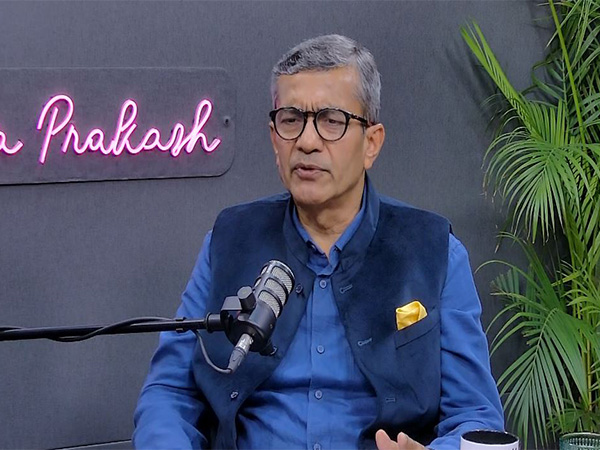Defence Secretary Rajesh Kumar Singh has announced the government’s commitment to easing entry barriers for private companies that wish to participate in the Advanced Medium Combat Aircraft (AMCA) development alongside state-run Hindustan Aeronautics Limited (HAL). He made the remarks following a meeting convened by the Aeronautical Development Agency (ADA) in Bengaluru, which drew participation from more than two dozen private firms.
Singh confirmed that targeted assistance will soon be available to qualified private-sector players. These measures are expected to include subsidised access to Indian Air Force bases and test facilities for those qualifying as development-cum-production partners, whether as independent entities or through joint ventures and consortia.
The move represents a significant departure from HAL’s historical dominance in fighter jet design and manufacturing. A new execution model for the AMCA programme permits equal competition between public and private firms. Interested consortia must be fully Indian-owned and regulatory-compliant to take part in prototype development, flight testing, certification, and eventual series production.
Industry insiders have remarked that while HAL continues to enjoy first-mover advantages—such as funding-backed test infrastructure and a substantial order pipeline—private players face the challenge of replicating comparable capacities at high cost. Singh acknowledged these challenges but stressed that the government aims to dismantle existing entry barriers and foster a genuinely competitive landscape.
This initiative aligns with India’s broader ‘Make in India’ and self-reliance goals in defence manufacturing. The Defence Secretary highlighted prior reforms in sectors like shipbuilding and munitions, which replaced nomination-based systems with competitive procurement—indicating a similar roadmap for aerospace.
Singh also urged private firms to bolster research and development capabilities and build capital-intensive infrastructure. He emphasized that only companies which invest in technology, engineering talent, and equipment can meaningfully contribute to strategic defence autonomy.
EoIs for AMCA prototype development were issued in late May. The programme aims to deliver the first prototype roll-out by late 2028, with initial flight tests slated around 2029. By opening the project to the private sector, policy-makers aim to lay the groundwork for at least two domestic fighter aircraft manufacturers—ending HAL’s longstanding monopoly—and turbocharging India’s high‑end aerospace industrial ecosystem.



